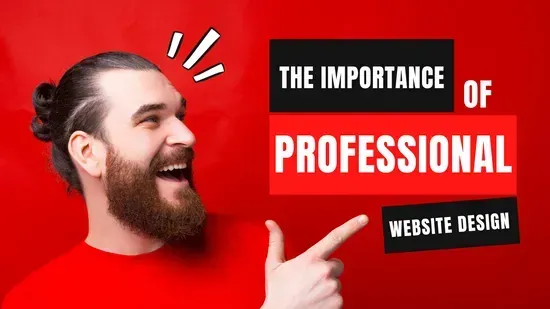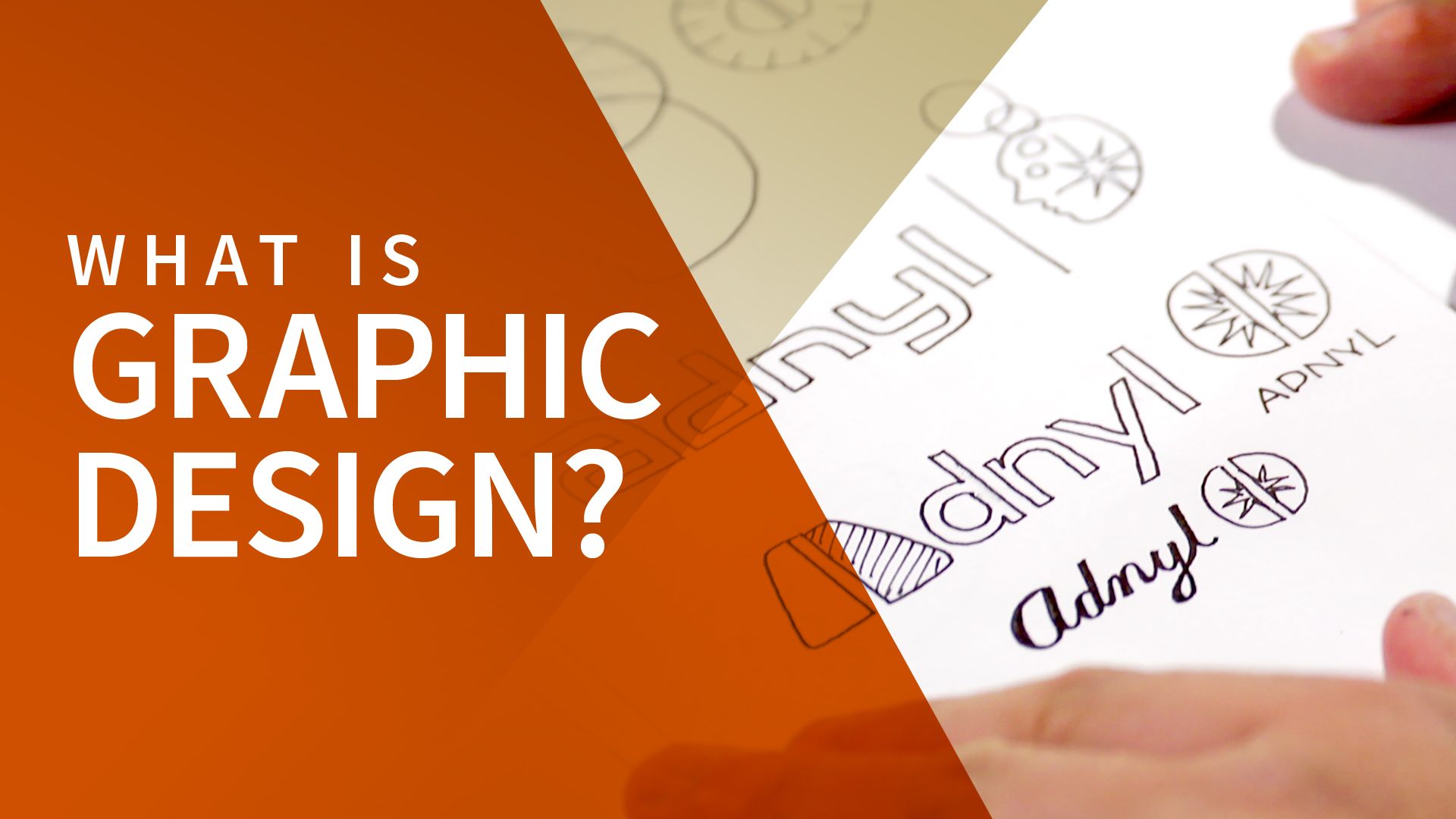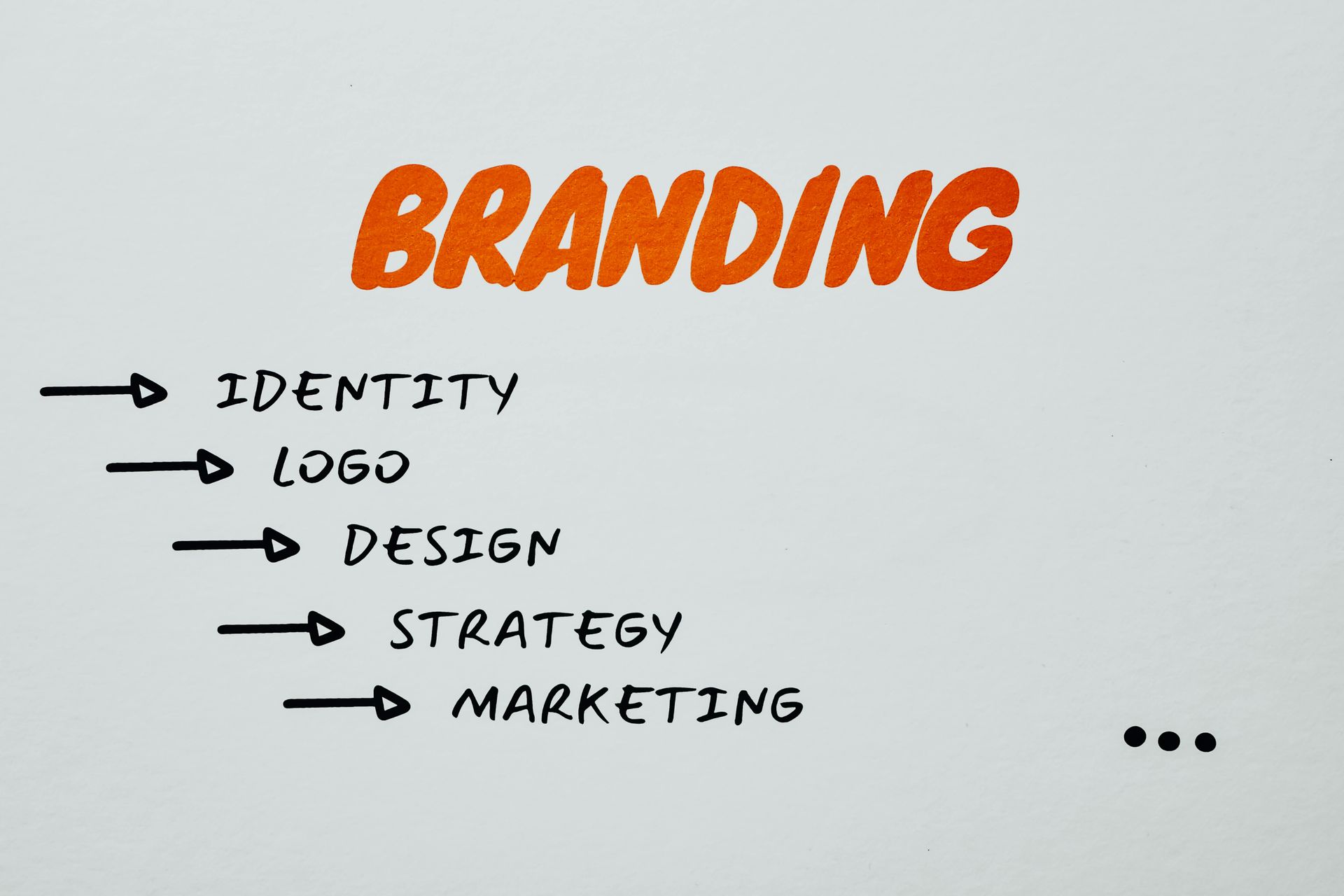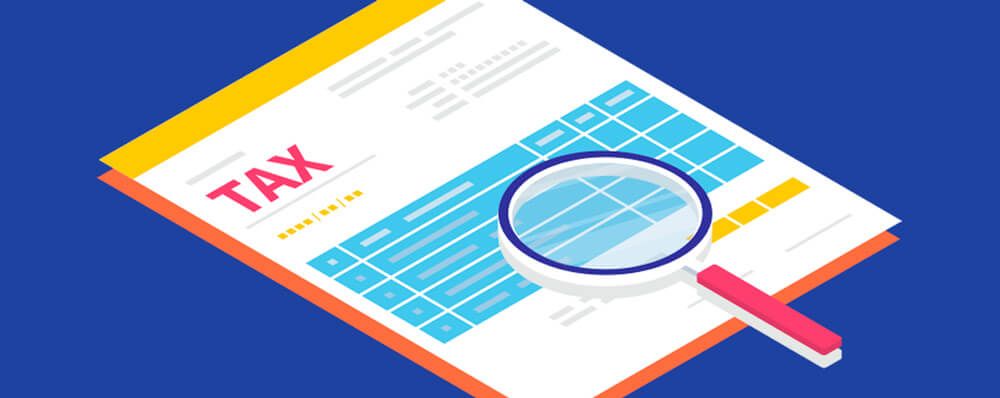By Stuart Aitken
•
March 30, 2023
The Importance of Professional Web site Design What is Web Design? Web design is the process of creating the look and feel of a website. It involves designing the layout, visual elements, and user experience of a website. This may include selecting colours, fonts, and other visual elements such as images and graphics. Web designers use various tools and techniques, such as HTML, CSS, and JavaScript, to create the front end of a website. Web design is a critical aspect of web development because it determines how a website looks and functions for users. Good web design should be visually appealing, easy to navigate, and optimized for different devices and screen sizes. It should also align with the overall branding and messaging of a business or organization. And in order for ecommerce businesses to have a professional web design, Web designers often work closely with web developers to create functional and aesthetically pleasing websites. While web developers focus on building the back-end functionality of a website, web designers are responsible for creating the user interface and user experience. Why is Professional Web Design Important? Professional web design is important for several reasons: Improved User Experience - A well-designed website is easy to navigate, visually appealing and provides a seamless shopping experience for users. This can lead to increased customer satisfaction and loyalty. Increased Conversions - A good website design can help to convert visitors into paying customers. By making it easy for users to find products, view product information, and complete transactions, you can increase your conversion rate. Better Search Engine Rankings - A well-designed website with a good user experience is likely to rank higher in search engine results, which can lead to more organic traffic and sales. Increased Credibility - A professional-looking website can help to establish credibility and trust with customers. This is particularly important for small or new businesses that may not have a physical storefront or well-known brand. Greater Flexibility - A well-designed ecommerce site can be easily updated and modified to meet the changing needs of your business. This allows you to quickly make changes to your product offerings, pricing, or marketing efforts as needed. Stages of Web Development Web development involves a number of stages, which may vary slightly depending on the specific project and the technologies being used. Here is a general outline of the stages of web development: Planning - This stage involves defining the goals and objectives of the project, determining the target audience, and establishing a budget and timeline for the project. Design - During this stage, the look and feel of the website are developed. This may involve creating wireframes, mockups, and prototypes to visualize the layout and user interface of the site. Development - This is the stage where the actual coding and implementation of the website take place. This may involve writing HTML, CSS, and JavaScript to create the front end of the site, as well as developing any necessary back-end functionality using languages such as PHP or Ruby. Testing - Before the website is launched, it is important to thoroughly test it to ensure that it is functioning properly and is free of any bugs or errors. This may involve conducting user testing, debugging, and performance testing. Deployment - Once the website has been tested and is ready to go live, it must be deployed to a web server. This may involve transferring the files to the server, configuring the server, and setting up any necessary databases or other back-end resources. Maintenance- After the website has been launched, it is important to continue maintaining and updating it to ensure that it remains functional and secure. This may involve fixing any issues that arise, adding new features or content, and keeping the site up to date with the latest technologies. Characteristics of a Professional Ecommerce Website Design There are several characteristics that a professional ecommerce website design should possess: Responsive Design - A professional ecommerce website should be designed to be responsive, meaning it should be easily navigable and user-friendly on any device, including desktop, laptop, tablet, and smartphone. Easy Navigation - A professional ecommerce website should have a clear visual hierarchy and logical navigation structure, with categories and subcategories that are easy for users to find and access. High-Quality Product Images- Professional ecommerce websites should showcase high-quality product images that accurately represent the products being sold. This includes using clear, well-lit photographs that show the products from multiple angles. Product Descriptions- Professional ecommerce websites should provide detailed and accurate descriptions on product pages that help customers understand the features, benefits, and specifications of the products being sold. Search Functionality- A professional ecommerce website should have a search bar that allows users to easily find specific products using keywords or phrases. Secure Checkout Process - A professional ecommerce website should have a secure checkout process that protects customers' personal and financial information. This includes using secure payment gateways and encrypting sensitive data. Customer Service- Professional ecommerce websites should have a dedicated customer service team that is available to answer questions and resolve any issues that may arise during the shopping experience. Trust Indicators- A professional ecommerce website should have trust indicators such as customer reviews, a privacy policy, and secure payment icons to help build trust with customers. Final Thoughts The initial impression of a website is critical in the world of web design. Your website must not only be visually appealing and functional, but it must also provide the right information and features to your visitors. Many business owners make the mistake of opting for cheap online templates without realizing the consequences. Such templates may seem cost-effective and attractive, but they are often poorly designed and lead to user difficulties, causing potential customers to leave the site. Moreover, the use of cheap templates can end up being more costly in the long run as modifications are required for the website to function effectively. To avoid these problems and ensure online success, it is crucial to invest in professional web design from the outset. A professional web designer will handle all aspects of your website's design and development, saving you time and money in the long run. When considering the cost of your website design, it's essential to factor in the time and effort required for a developer to make the necessary changes to a cheap template. Hiring a professional graphic designer from the start is often the more cost-effective option.











